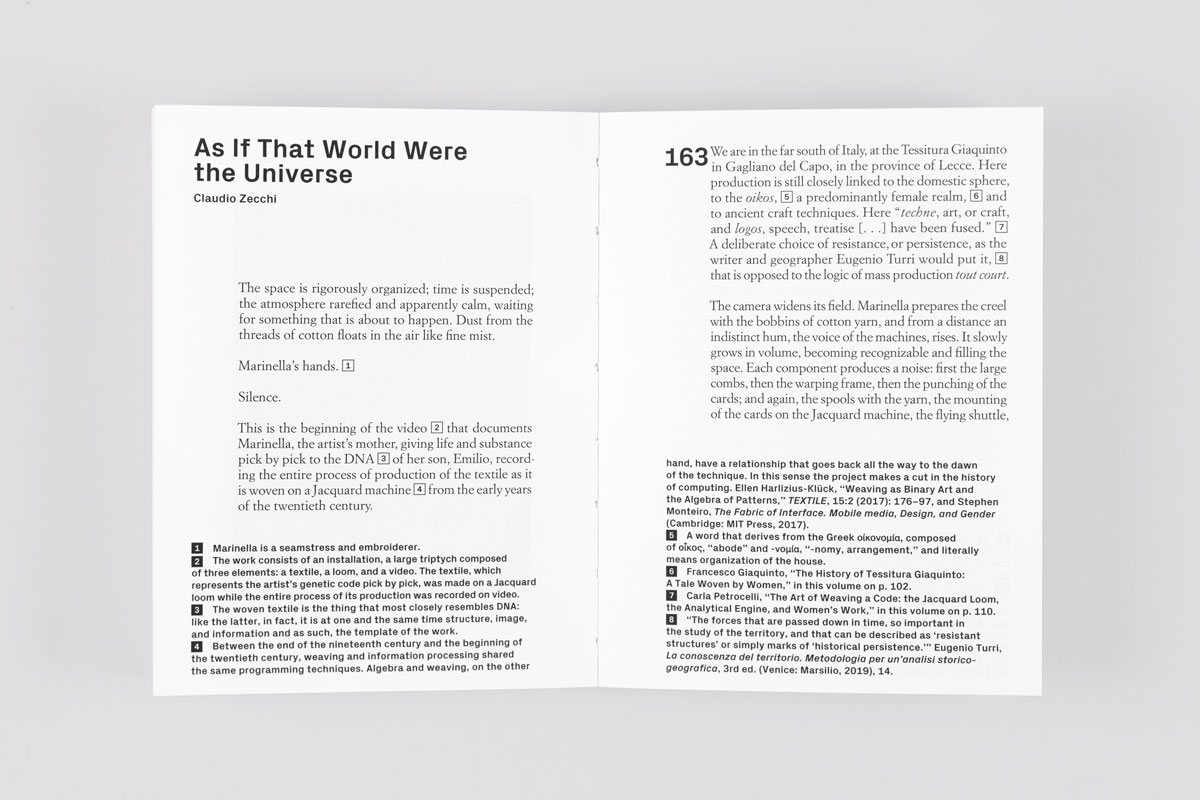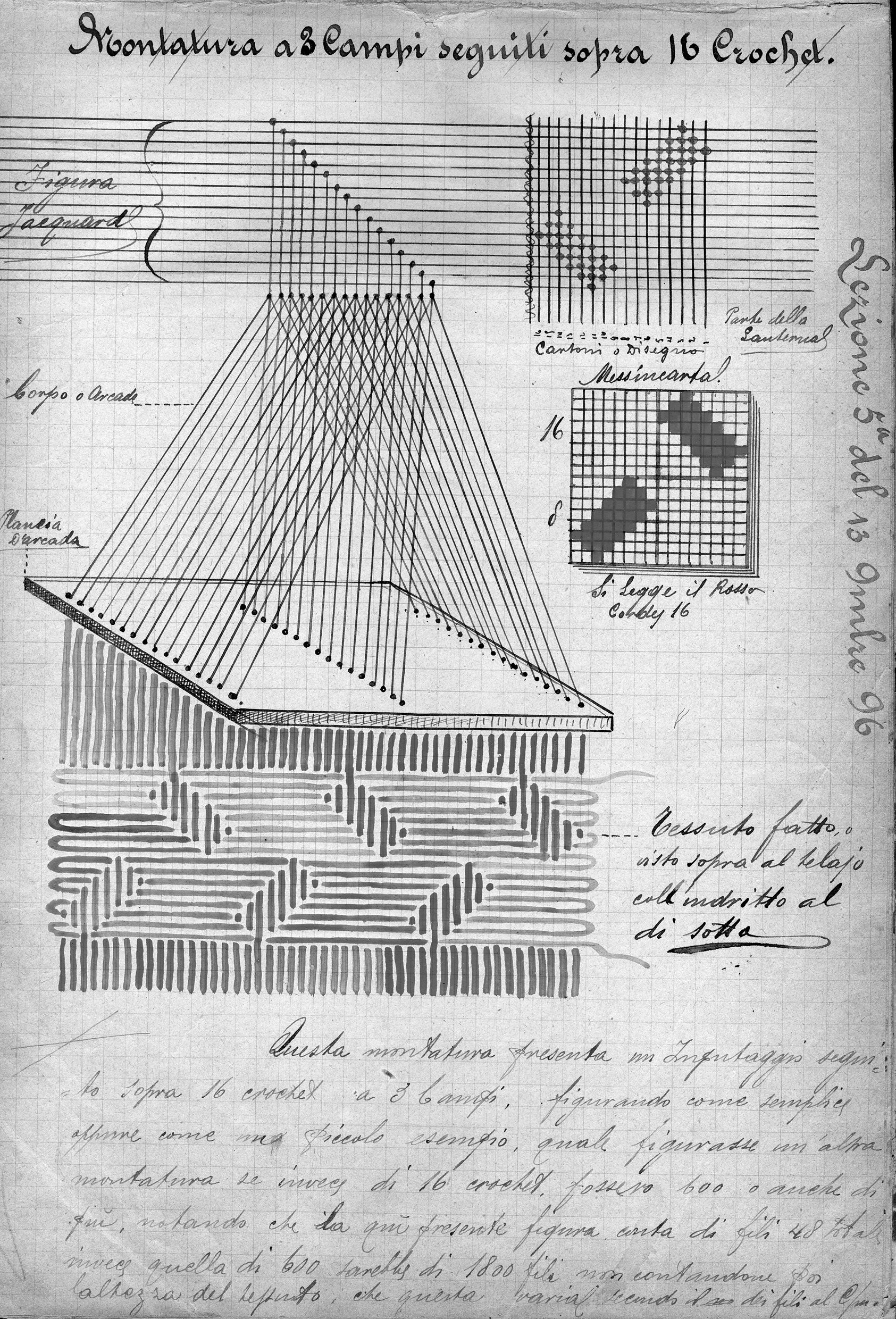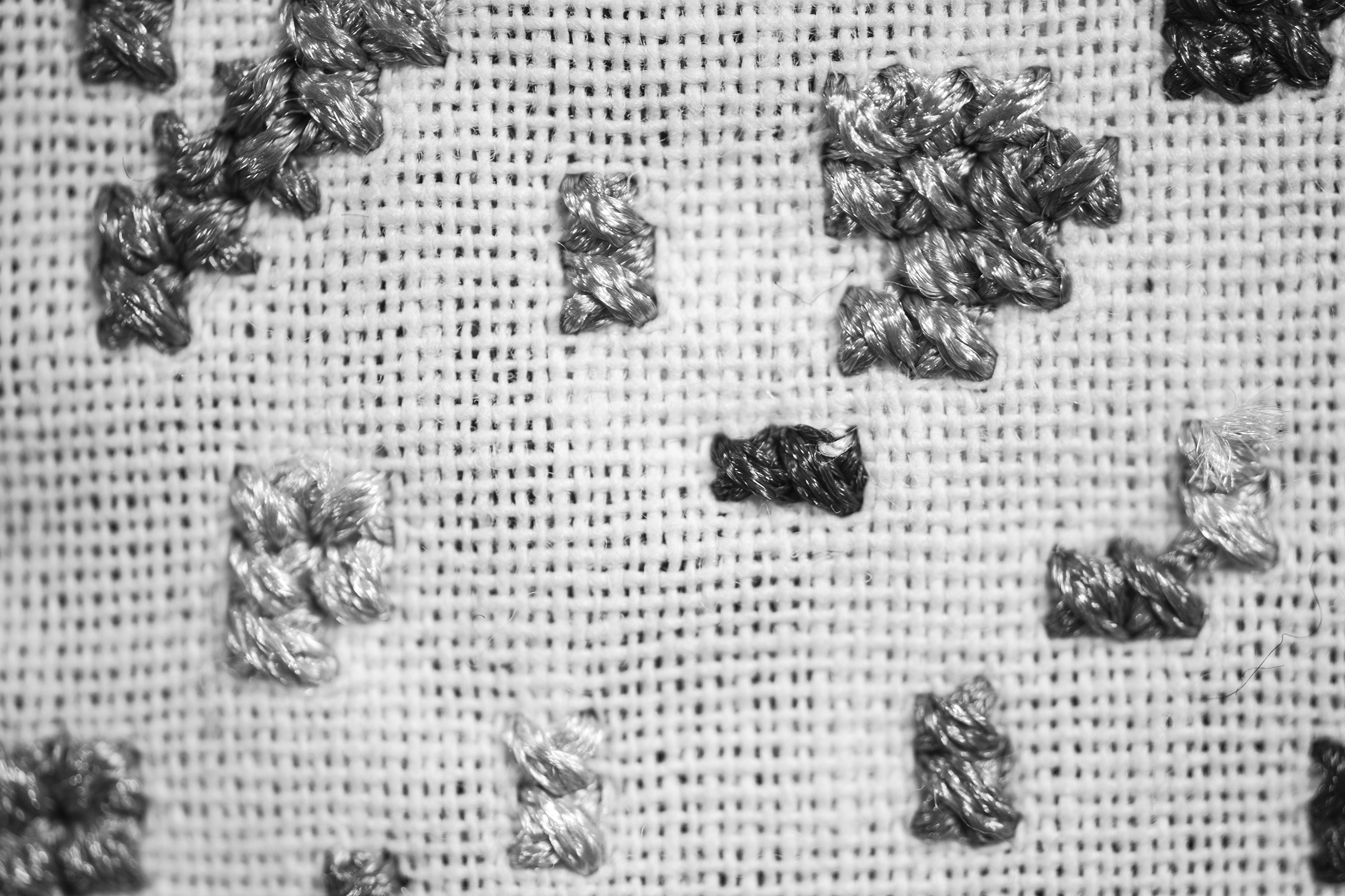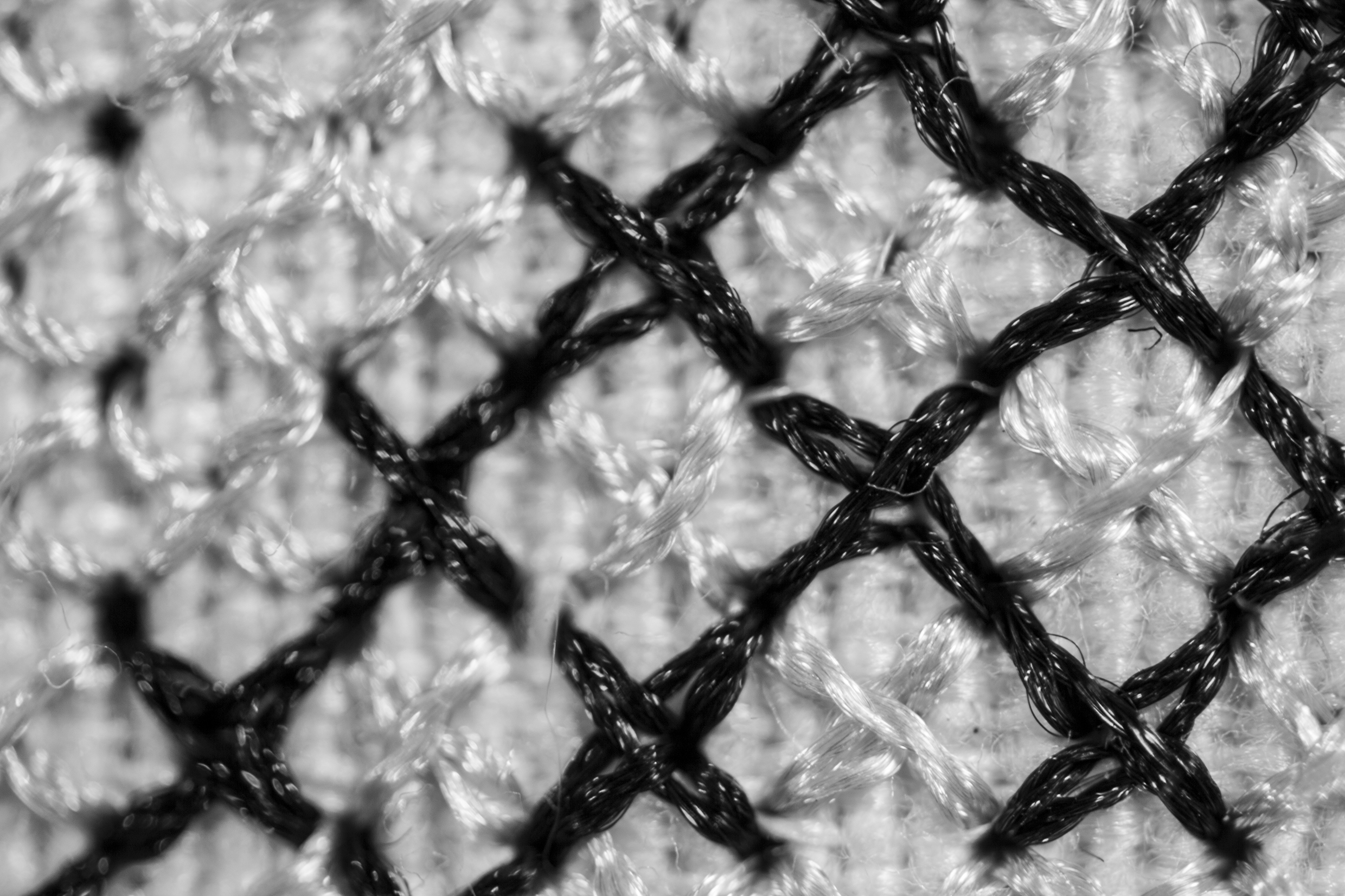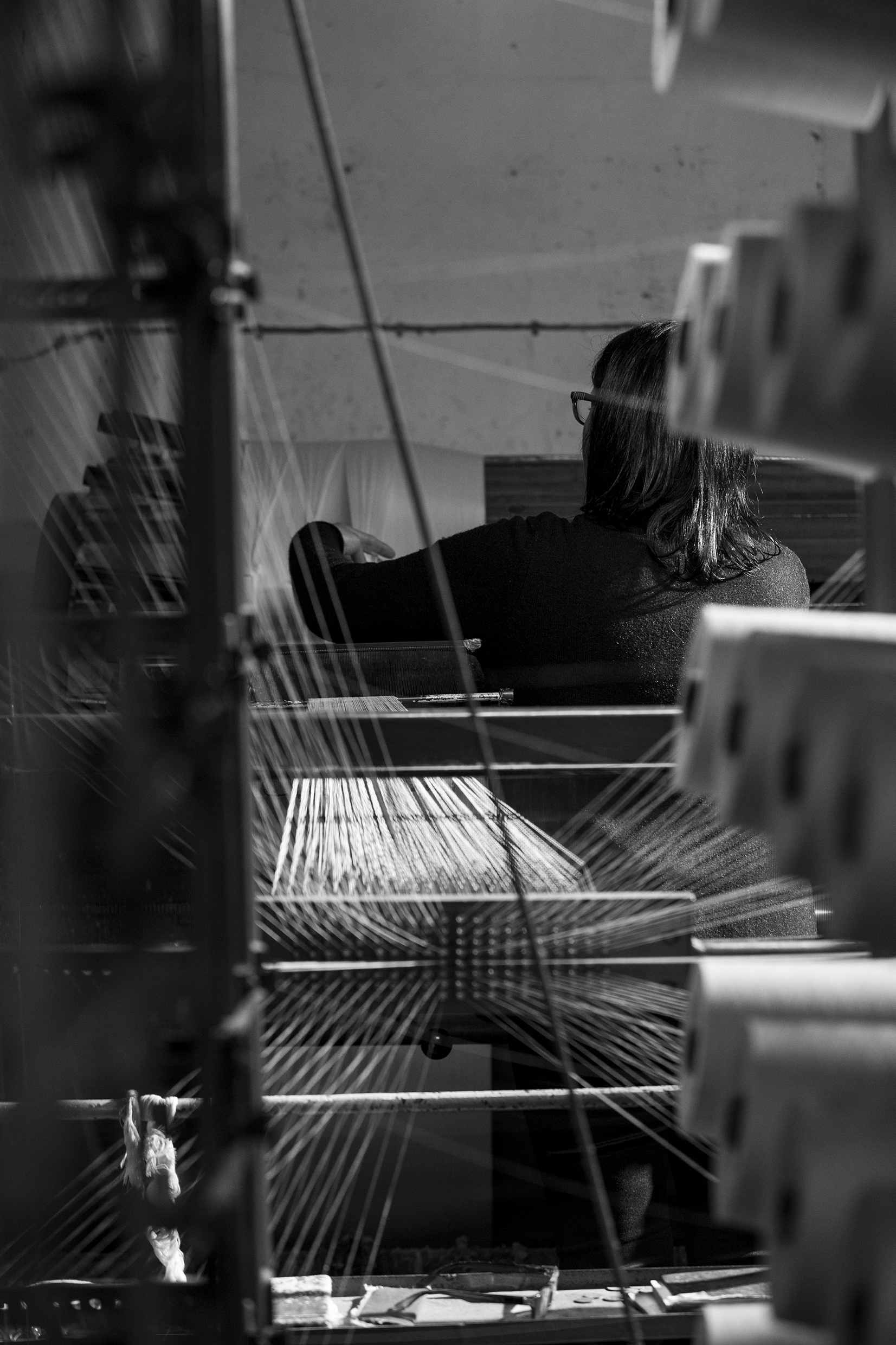ITA | ENG
The Other Shapes of Me is the result of my research into the origin and current applications of binary technology: from weaving to programming, algorithms, software, automation processes, up to the complete computerization of a human being. It includes the video installation rs548049170_1_69869_TT (The Other Shapes of Me); the film Genesis (The Other Shapes of Me); the series of medium-size tapestries Sections (The Other Shapes of Me); the series of small-size tapestries Samples (The Other Shapes of Me); and the artist book rs548049170_1_69869_TT, published by Mousse.
rs548049170_1_69869_TT (The Other Shapes of Me)
rs548049170_1_69869_TT (The Other Shapes of Me), 2020-2021. Video installation composed of a modified Jacquard loom (X: 310.5 cm; Y: 302 cm; Z: 185.5 cm); a textile (X:60; Y:8.300 cm, cotton fibers, warp color: white, weft color: black, grayscale weave, rolled up on a weaving beam); and a film (4K UHD video, 00:21:36, aspect ratio: 16:9, b/w, sound). Overall installation: X: 310.5 cm; Y: 302 cm; Z: 185.5 cm
rs548049170_1_69869_TT is the first work in my series The Other Shapes of Me. It is based on the translation of my genetic code into a fabric, through the labour of my mother, using one of the first modern computational machines: the 19th century Jacquard loom. The title refers to the first line of text resulting from the genotyping of my DNA. The final installation takes the form of a modified Jacquard loom that incorporates a video of the entire production process and the textile resulting from it.
The textile produced responds directly to the possibilities of the old Jacquard loom utilized by my mother: the height of the piece of fabric (its short side) is sixty centimeters, the maximum physical size permitted by the loom. The long side, on the other hand, was determined by the capacity of the loom to compress, as densely as possible, all my genetic data into a precise interlacing of warp and weft. This process, at the limit of the loom’s physical capacity, has resulted in a textile with a length of about eighty three meters (ninety yards). The colors chosen for the coding of my genetic inheritance reflect the ability of the loom to thread monochromatic weft, in this case black, into a warp, in this case white, obtaining a scale of grays in addition to black and white. Finally, the particular weave of threads has been determined by the desire to produce a pattern that can potentially be (re)converted into genetic code. The result is a design that does not simply visualize but retains a real correspondence to a potentially decipherable code. It will be technically possible, at any moment, to reconstruct my genetic makeup by reading the fabric and deriving from it the computational matrix that links the threads of cotton of which it is composed with the material of which I am made.
Genesis (The Other Shapes of Me)
Genesis (The Other Shapes of Me), 2021. Film, 4K UHD video, 00:21:36, aspect ratio: 16:9, b/w, sound.
The film Genesis is simultaneously a part of the installation rs548049170_1_69869_TT as well as a stand-alone work of art. It documents a year-long performance during which a large piece of fabric that codifies and contains all of my genetic information is woven by my mother on one of the first computers of history, the Jacquard loom. In the tension between the loving gestures of a mother and the automatic movements of a mechanical loom, Genesis gives form to my reflections on technical reproducibility, the materiality of information, and on the interplay between biological, mechanical and computational life.
In trying to best capture and render the flow of emotion and the mechanical energy set in motion by this project I realized that I had to make a film. On a practical level, film was the medium best suited to highlight the care and beauty of my mother’s labour, and to capture both the complexity of the production process and the ephemerality of its atmosphere. In a more abstract way, I wanted this film to underscore the link between weaving and computation, which, at the beginning of the 20th century, shared the same programming techniques. I also pay a symbolic tribute to the contribution of female workers–and of weavers in particular–to that history. But the film is most of all a tribute to my mother, as much as her labour is a tribute to our personal connection. In this sense Genesis is a deeply personal work in which the historical and personal dimensions are intertwined. It is a film about the origin of life and of digital technology, it is a portrait of my mother and it is an indirect self-portrait, in which I never appear but where I am constantly present.
Sections (The Other Shapes of Me)
Sections (The Other Shapes of Me), 2021. Sections of the artist’s genetic code, RGBY-BLK polychrome Jacquard tapestry, synthetic fibers, aluminum artbox, height: 182 cm; depth: 6 cm; width: variable
The works in the Sections (The Other Shapes of Me) series are medium-scale tapestries that push to the limits the weaving possibilities of contemporary digital Jacquard looms. I have compressed my genetic code at the highest weaving resolution technically possible, turning it into a polychrome tapestry whose vertical dimension corresponds to my own height. I have then divided it into vertical strips. The result is a sequence of individual works that correspond to specific sections of my DNA, each as tall as I am.
The particular weave of threads has been determined by the desire to produce a pattern that can potentially be (re)converted into genetic code. The result is a design that does not simply visualize but retains a real correspondence between the synthetic threads that compose the tapestry and the genetic materials of which I am made.
Samples (The Other Shapes of Me)
Samples (The Other Shapes of Me), 2021. Samples of the artist’s genetic code, Jacquard-woven polychrome tapestry mounted on aludibond, synthetic and natural fibers, plexi box, X:20; Y:20; Z:6 cm; and X:30; Y:40; Z:6 cm
The works in the Samples (The Other Shapes of Me) series are small-size tapestries that correspond to samples of my DNA. Each work is produced using heterogeneous digital processes, and explores the technical limits and possibilities of contemporary digital looms.
rs548049170_1_69869_TT (Mousse Publishing)
rs548049170_1_69869_TT, Mousse Publishing, 2020. Edited by Emilio Vavarella, Paolo Mele and Claudio Zecchi. English, Italian. 192 pages. Softcover, 12 x 16 cm, ISBN 9788867494293
An artist book, produced with Mousse Publishing, highlights and extends the scope of my project. It includes a photographic documentation of the rs548049170_1_69869_TT work, along with other visual materials and the contributions of fifteen thinkers and practitioners from the fields of art, philosophy, bioengineering, media theory, and the history of science and technology: Lorenzo Balbi, George M. Church, Francesco Giaquinto, Ellen Harlizius-Klück, Sabine Himmelsbach, Paolo Mele, Stephen Monteiro, Carla Petrocelli, Davide Quadrio, Eugene Thacker, Ed Regis, Devin Wangert, Ursula Wolz, Claudio Zecchi and myself.
Preparatory work
The Other Shapes of Me series was developed and unveiled through a trilogy of exhibitions curated by Ramdom. The first two, Ideas, Hypotheses, Assumptions and Objects (July-September 2020, Gagliano del Capo), and Errors, Limits and Malfunctions (January-February 2021, Shanghai) focused respectively on the research process and on the work methodology. This preparatory work culminated in a third exhibition rs548049170_1_69869_TT (The Other Shapes of Me): Sourcecode at GALLLERIAPIÙ (May 2021, Bologna) in which all the works in the series were shown together for the first time.
While conducting preparatory research for this project, I focused on the history of the textile industry and of computation. The discovery that, for several decades, data processing and weaving shared the same programming techniques — this was the first point of convergence that caught my attention. The second point, linked to the theme of women’s labor, considered the traditional domestic world of weaving alongside the early female programmers and operators of computational devices. Finally, turning to the more recent applications of data processing, I was intrigued by the idea of the so-called “code of life.” The genetic code, in fact, is nothing but the resultant codification of the information contained in our cells—a process carried out by binary systems identical to those of the first mechanical looms. Another consideration guided me in this process, the realization that DNA and textiles share an interesting property: their material structures do not serve as supports for information subsequently applied on top of them. They do not ‘represent’ information but instead they ‘present’ it in a perfect homology between form and content. This property distinguishes DNA and textiles from media such as painting, photography, or writing. In other words, structure and information, as much in textiles as in DNA, coincide. Whence the idea of processing my genetic code, with the fundamental contribution of my mother, utilizing the Jacquard loom.
THE PRODUCTION PROCESS
The production of the rs548049170_1_69869_TT textile saw my mother at work within the Giaquinto weaving mill in Gagliano del Capo (LE), Italy, during 2020. The following photos document this process in its most significative phases.
THINKING ABOUT THOUGHT: PERSONAL CONSIDERATIONS AND PRODUCTION NOTES*
*This text first appeared, in a longer form, in: rs548049170_1_69869_TT (MOUSSE Publishing), 2020
For thousands of years we have woven our thoughts together. We have followed the thread of what someone is saying or snapped the thread of an argument. We have unraveled mysteries, woven a web to trap our enemies, spun a tale to get what we want. We have learned to unfold tapestries and, at the same time, to let things unfold, or to fold our hand when things are not going well. We have felt tense or buttoned-up while intertwining our mental and social lives. The fabric of our thinking emerges from this kind of metaphorical patchwork. In the oldest of Greek myths, Ariadne’s thread underscores the idea that human life is incessantly unfolding—a thread unwound that marks a path to be followed. According to the Greeks, another thread, that of destiny, was in the hands of the Moiriai—the Fates—who thus held uncontested power over the life of mortals. Ancient history and the thoughts of our ancestors are shot through with weaving. The myth of Arachne, for example, was the first to propose the idea of weaving as a reproductive art: a technique capable even of drawing the jealousy and wrath of the gods. The myth of Philomela, instead, presented the idea of weaving as a form of translation: a recording medium that transposed sound into textile. Even the rays of the sun in the Baltic myth of Saulé were the product of weaving. For thousands of years we have thought our thoughts—and thought our world—on the basis of a model derived from the ancient art of weaving.
We know that the language at our disposal not only determines what we are able to say, but also structures the frameworks through which we make sense of the world and our actions within it. And so it is important to note that for some time now a model based on weaving and textiles has slowly but systematically given way to new forms of thinking. It is as if we have stopped weaving our thoughts together as our brain has become something radically different: a complex piece of machinery, a data-processing system, a biological computer, a black box, a processor. Likewise, our thoughts have become adequate to this model, tending now to resemble computational operations or biochemical algorithms. Our memories and our fantasies are looking less and less like tapestries or tangles of ideas and more and more like the result of an accumulation of information that is captured, stored and processed. This information makes up the sort of database that was, for most of the 20th century, called memory. When the thalamus transmits data, the cerebral cortex integrates it. According to this new way of thinking our thoughts, our brain is equipped with interpretive models that analyze the information taken in by our senses. Thoughts are sent and received by the biological equivalent of servers: through transmitters and receivers. Each synapse is determined according to its computational function. All thoughts are decoded by electrical micro-signals within a complex cerebral network. The skull and the brain act as hardware, while neuronal and cognitive processes function like software. Any phenomenon of which we are aware is interpreted according to a binary logic—an uninterrupted series of inputs and outputs in a system of feedback loops. What we persist in calling our ‘consciousness’ depends on this system. The scientific literature on the human mind is replete today with terms like scanning, modeling, simulating, bandwidth, information, data, and programming. Our behavior is no longer threatened by the Moiriai and their thread of fate: it is simply and eminently reprogrammable. The “thread of life” of the ancient Greeks has lost its privileged place in our imagination and has been supplanted by the “code of life:” a genetic code, potentially decipherable in its entirety, of which our biological life is a direct expression.
I am convinced that just as the ancient myths linked to weaving provided functional models for the interpretation of the world, today new computational myths are supplying us with alternative epistemological models. In all its forms, computer technology has literally restructured the ways in which we conceive of things. As a model, the computer has become capable of altering what can be thought, communicated, and understood. If, at the height of the Renaissance, Leon Battista Alberti spoke of the surface of the world in terms of “threads woven together in a cloth,” it is difficult for us today not to think of the world in terms of a very different network, made up of nodes and connections, pixels, data flows, and codes that give rise to virtual simulations. Computer technology, in other words, has allowed us to think new thoughts and develop new disciplines. And so, from robots to information processing, from neuroscience to bioengineering and cognitive science, a new techno-scientific framing of what it means to be human is emerging. And it is the intersection of these lines of reasoning, straddling the techniques and technologies that underpin them, that provided the starting point for this new project of mine.
EXHIBITIONS:
- (2021) Maker Faire. You and AI: Through the Algorithmic Lens, curated by Irini Mirena Papadimitriou and Valentino Catricalà, in collaboration with Onassis Foundation, Rome, Italy
- (2021) (Solo Exhibition) GALLLERIAPIÙ. rs548049170_1_69869_TT (The Other Shapes of Me): Sourcecode, curated by Ramdom in collaboration with MAMbo – Museo d’Arte Moderna di Bologna, Bologna, Italy
- (2021) (Solo Exhibition) Modern Art Base. rs548049170_1_69869_TT (The Other Shapes of Me): Errors, Limits and Malfunctions, curated by Ramdom and ArtHub Asia, Shanghai, China
- (2020) (Solo Exhibition) Ramdom. rs548049170_1_69869_TT (The Other Shapes of Me): Ideas, Hypotheses, Assumptions and Objects, curated by Ramdom, Gagliano del Capo, Italy
FILM SCREENINGS:
- (2022) (Film Screening) Rencontres International – Berlin. HKW – Haus der Kulturen der Welt, Berlin, Germany
- (2022) (Film Screening) Rencontres International – Paris. New Cinema and Contemporary Art, Paris, France
- (2021) (Film Screening) RIFF 2021 – Rhode Island International Film Festival, Newport RI, USA
PUBLIC EVENTS:
- (2021) Istituto Italiano di Cultura – New York. “The Other Shapes of Art: Emilio Vavarella in dialogue with Ramdom, Stephen Monteiro and Ursula Wolz.” New York City. (online)
- (2021) Modern Art Base. “Emilio Vavarella: The Other Shapes of Me. Virtual dialogue with Wang Weiwei and Ren Jie.” Shanghai, China.
- (2020) Palazzo Guerrieri. “The Other Shapes of Art: Arte, DNA, tessitura e tecnologie al femminile.” Public talk, Brindisi, Italy
+INFO
- The rs548049170_1_69869_TT (The Other Shapes of Me) project, curated and produced by Ramdom, has been awarded the VI Italian Council grant promoted by the Italian Ministry of Cultural Heritage and Activities.
- Project partners: MAMbo – Museo d’Arte Moderna di Bologna (Italy), Arthub Asia (Shanghai, China), Film Study Center – Critical Media Practice, Harvard University (Cambridge, USA), Gallleriapiù (Bologna, Italy), Istituto Italiano di Cultura (New Delhi, India), Istituto Italiano di Cultura (New York, USA).
- Technical partner: Tessitura Giaquinto.
- Photo documentation production process at Tessitura Giaquinto © Alessia Rollo and Emilio Vavarella.
- Photo documentation of the exhibition in Gagliano del Capo © Sergio de Riccardis and Emilio Vavarella
- Photo documentation of the exhibition at GALLLERIAPIÙ © Stefano Maniero
- Publication: MOUSSE Publishing.
- Media partner: ATP Diary.
- Special thanks to: Nick Briz, Antonio Castiglioni (Antonluigi Castiglioni SAS – Jacquard Center), Studio Co-Co, Sara Fumagalli, Famiglia Giaquinto, Famiglia Ganley-Roper, Giovanna Manzotti, MUUD Film, Gabriele Panico (alias Larseen), Corrado Punzi, Marinella Raffo, Elizabeth Vavarella, Vincenzo Vavarella, and the Ramdom team.
- rs548049170_1_69869_TT (The Other Shapes of Me) is part of the permanent collection of MAMbo – Museo d’Arte Moderna di Bologna (Italy) and was first presented during rs548049170_1_69869_TT (The Other Shapes of Me): Sourcecode, solo show curated by Ramdom at GALLLERIAPIÙ.
(SELECTED) BIBLIOGRAPHY

[EXHIBITION REVIEW]
Artforum
“Critics’ Picks: Emilio Vavarella”
Article by Veronica Santi (trans. by Marguerite Shore). August 2021. (eng)
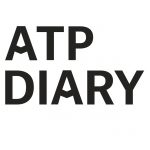
[INTERVIEW]
ATP Diary
“Nuove ipotesi di realtà. Intervista con Emilio Vavarella (New hypotheses of reality: interview with Emilio Vavarella)”
Interview by Elena Bordignon, January 2020. (ita-eng)

[PRESS COVERAGE]
CMP – Blog
“Emilio Vavarella awarded prestigious Italian Council award”
July 2019. (eng)

[PRESS COVERAGE]
ATP Diary
“Ramdom a Gagliano del Capo, Lecce: fare e vivere di cultura e arte”
Interview by Elena Bordignon. 21 November 2019. (ita-eng)
[SOURCE]
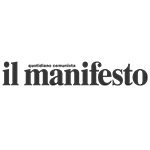
[PRESS COVERAGE]
Il Manifesto – Alias
“Emilio Vavarella”
Print edition, 9 November 2019. (ita)
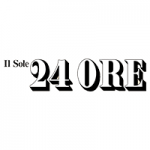
Il Sole 24 Ore
“Per il secondo bando Italian Council 1,9 milioni di euro”
by Marilena Pirrelli, July 2019. (ita) [SOURCE]

[ARTIST BOOK]
rs548049170_1_69869_TT
Edited by Vavarella, Emilio, Mele, Paolo and Claudio Zecchi.
MOUSSE Publishing: Milan, 2020. (ita-eng)
[PROJECT]

[PROJECT REVIEW]
ATP Diary
“rs548049170_1_69869_TT (The Other Shapes of Me) | Un progetto di Emilio Vavarella”
by Elena Bordignon, 10 July 2020. (ita-eng)

[INTERVIEW]
Digicult.
“Thought is my Main Medium. Interview with Emilio Vavarella | Il pensiero è il mio medium principale. Intervista con Emilio Vavarella”
by Giada Totaro, July 2020. (ita-eng)
[SOURCE (ita) | SOURCE (eng) | ARCHIVED]

[EXHIBITION REVIEW]
Artribune
“Emilio Vavarella in mostra nel Salento estremo”
by Lorenzo Madaro, August 2020. (eng)

[EXHIBITION REVIEW]
Nuovo Quotidiano di Puglia
“Jacquard, storia e segreti del tessuto tecnologico”
by Marinilde Giannandrea, August 2020. (ita)
[PDF]

[EXHIBITION REVIEW]
ATP Diary
“Dall’identità alle geografie artigianali: un progetto di Emilio Vavarella a Gagliano del Capo”
by Lorenzo Madaro, August 2020. (eng)
[SOURCE (ita) | ARCHIVED]
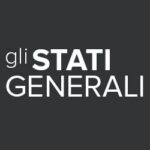
[EXHIBITION REVIEW]
Gli Stati Generali
“The Other Shapes of Me di Emilio Vavarella. Tecnologia e tradizione in Puglia”
by Zara Audiello, Septembre 2020. (ita)
[SOURCE (ita) | ARCHIVED]

[INTERVIEW]
Artribune
“Tessitura, memoria e tecnologia. Intervista a Emilio Vavarella”
by Cecilia Pavone, September 2020. (ita)
[SOURCE (ita) | ARCHIVED]

[BOOK]
Arte e tecnologia del terzo millennio. Scenari e protagonisti [Art and Technology in the Third Millennium: Landscapes and Protagonists]
Catricalà, Valentino and Cesare Biasini Selvaggi, I Quaderni della Collezione Farnesina, Vol. II, Milan: Mondadori Electa, 2020. (ita-eng)
[PDF ]

[EXHIBITION REVIEW]
ATP Diary
“L’arte come messaggera di possibilità. Emilio Vavarella in mostra ad Arthub, Shanghai”
Elena Bordignon talks with Davide Quadrio, 12 Jan 2021. (ita)

[INTERVIEW]
Juliet
“Arte, tecnologia ed errori. In conversazione con Emilio Vavarella”
Interview by Manuela Valentini in Juliet. 3 May 2021 (ita)”

[EXHIBITION REVIEW]
ATP Diary
“Emilio Vavarella – rs548049170_1_69869_TT (The Other Shapes of Me): Sourcecode | Gallleriapiù, Bologna”
by Guendalina Piselli, 10 Jun 2021. (ita)
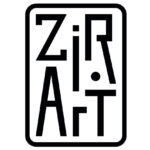
[INTERVIEW]
Zirartmag
“Il rapporto tra essere umano e tecnologia | Intervista a Emilio Vavarella”
by Marika Farina, 12 Jun 2021. (ita)
[EXHIBITION REVIEW]
Juliet
“Emilio Vavarella. rs548049170_1_69869_TT (The Other Shapes of Me)”
by Emanuela Zanon, 21 Jun 2021. (ita)
 [PRESS]
[PRESS]
Mousse
“Emilio Vavarella “rs548049170_1_69869_TT (The Other Shapes of Me): Sourcecode” at GALLLERIAPIÙ, Bologna”
July 2021. (eng)
[EXHIBITION REVIEW]
Exibart
“Emilio Vavarella, Sourcecode – Gallleriapiù”
By Vincenzo D’Argenio, 3 July 2021. (eng)

[PROJECTS REVIEW]
Neural
“MNEMOSCOPIO and rs548049170_1_69869_TT (The Other Shapes of Me)”
by Alessandro Ludovico, Issue 67, Autumn 2020, pp. 44-45. (eng)
[PDF | PROJECT (1) | PROJECT (2)]

[INTERVIEW]
Split Tooth Media
“RIFF 2021 Q&A: Emilio Vavarella’s ‘Genesis’ (2021)”
interview by Robert Delany, August 2021. (eng)

[CRITICAL TEXT]
Artslife – Fotoromanzo
“Emilio Vavarella: arte, errori e tecnologia. Una costante messa in discussione”
by Andrea Tinterri, May 2020 (ita)
[SOURCE]

[NEWS]
Critical Media Practice
“Emilio Vavarella presents his CMP research in a solo show at GALLLERIAPIÙ”
September 3rd, 2021. (eng)

[ESSAY]
Mousse
“Identity between Biological and Digital Codes”
By Sabine Himmelsbach, 26 May 2022 (eng)

[ACADEMIC PAPER]
Visual Culture Studies
“Lending the Face / Prestare il volto”
by Elisabetta Modena, in VCS n.3, Mimesis Edizioni, 2022. (ita – eng)
[PROJECT (1) | PROJECT (2) | PROJECT (3)]

[INTERVIEW]
The Parkview Museum
“Emilio Vavarella: Unpredictability of Technological Power”
in Bio Art (ed. by Camilla Latini, Maurice Xu and Xiadi Sun). Published by the Parkview Museum Beijing – Singapore, 2023. (chi-eng)

[MA THESIS]
NABA – Nuova Accademia di Belle Arti
“Emilio Vavarella: Esseri Umani, Tecnologia e Memoria”
by Amico, Chiara. Missing the Signal. MA Thesis in Fashion and Textile Design. NABA: Nuova Accademia di Belle Arti, Advisor: Andrea Cammarosano, 2023, pp-122-142. (ita)
[PDF]






















































